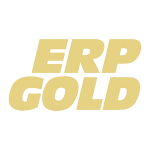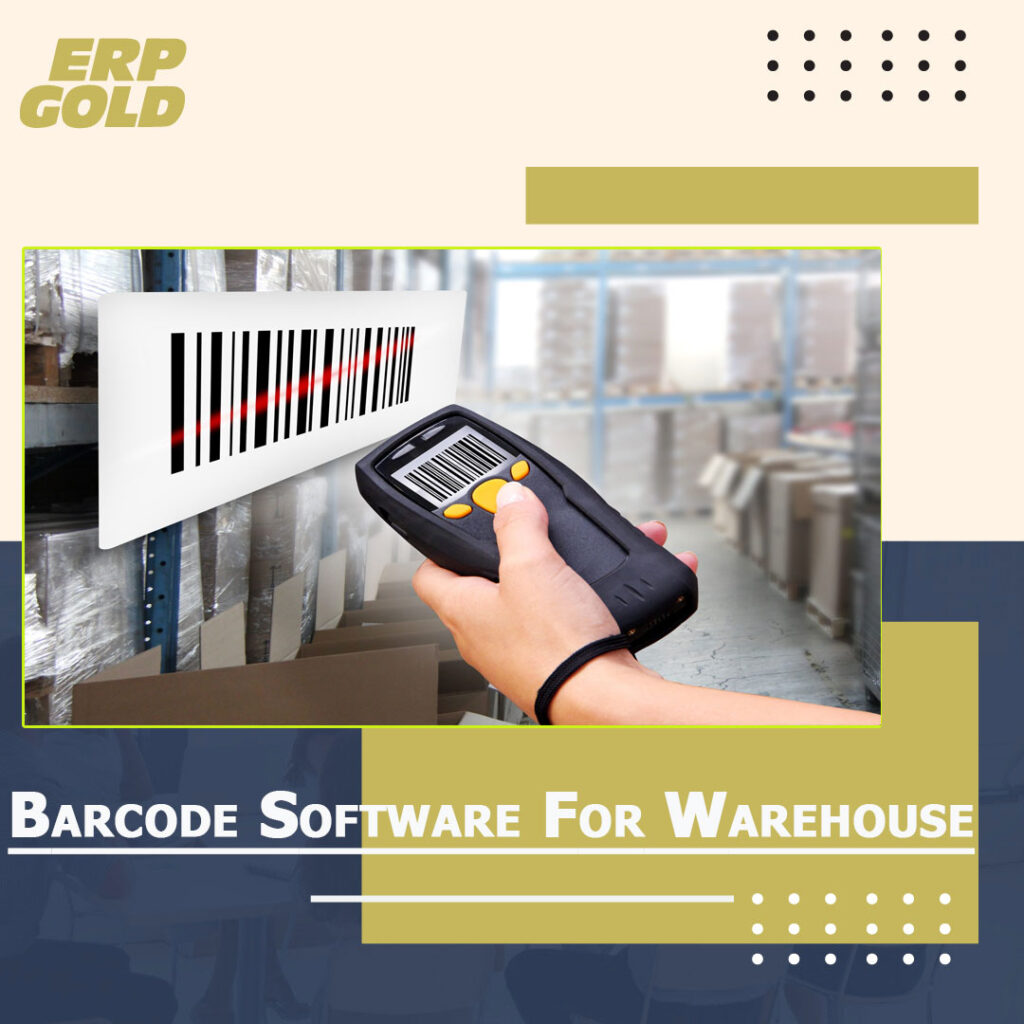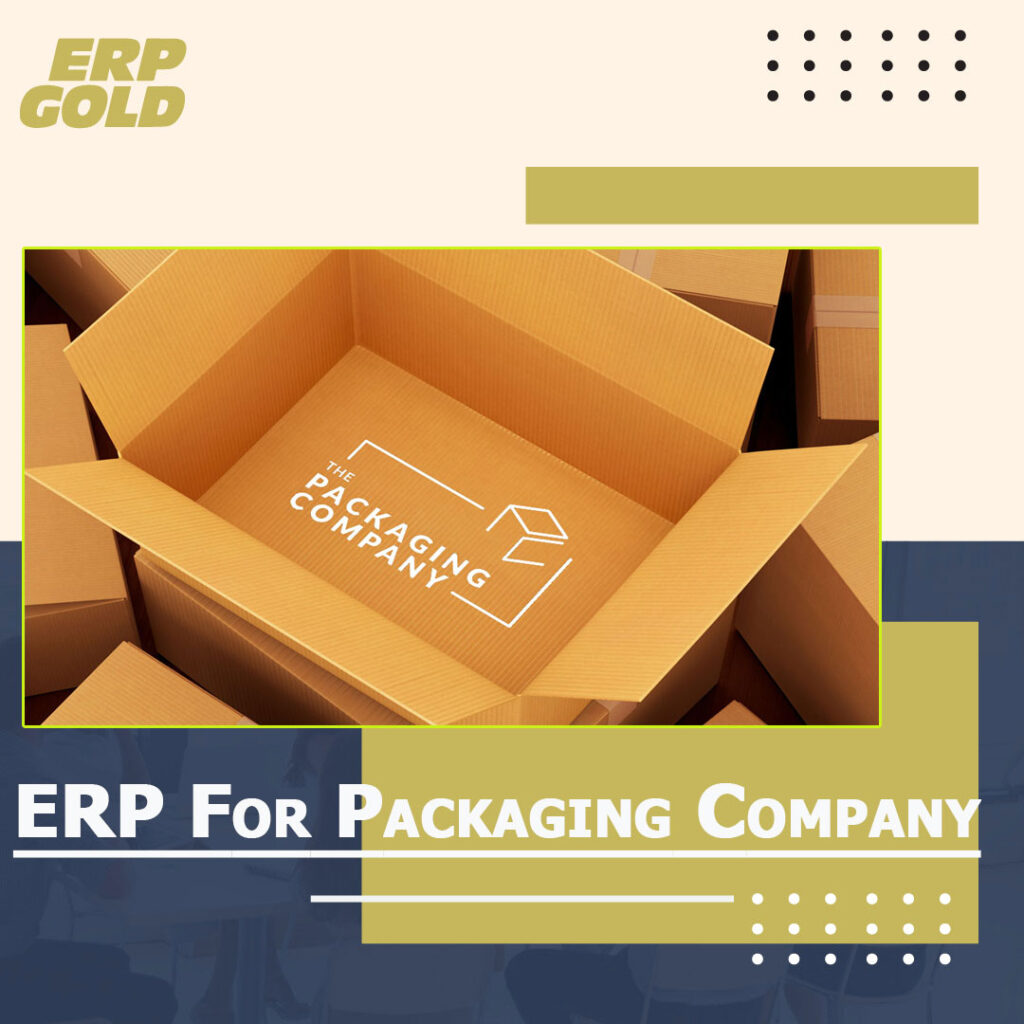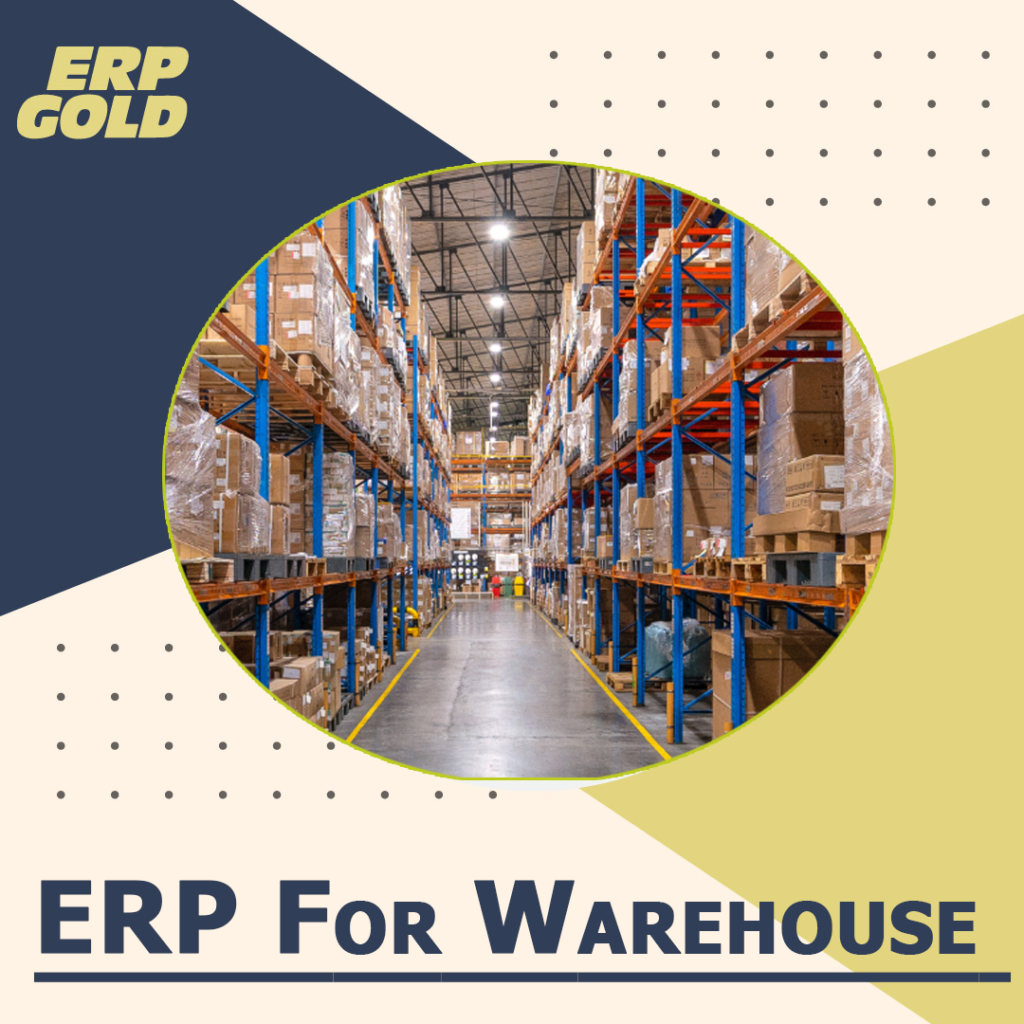What Is Barcode Software for Warehouse?
Barcode software for warehouse creates machine-readable code from integers and parallel lines of varying lengths. This equipment can print the barcode on items. Integrated scanners can scan and read barcodes. These tools provide templates for users to print their barcodes in. Various sectors and governments utilise these various templates to print barcodes.
Benefits of Barcode Software for Warehouse
Barcode software for warehouse are affordable. In the early days of barcode scanning in warehouse management, this was not always the case. No firm is too small to employ barcodes for inventory management. Nowadays, barcode scanning is built-into many ERP packages and may be utilised with less expensive mobile portable devices such as Android or iOS. Barcode scanning is natively supported in many modern corporate systems like ERP, accounting, CRM, etc.
“You can’t read a bar code well if another bag is sitting on top of the tag, for example, but this is a matter of process. If it’s just a case of tweaking the [bar code-based] system that way, then it’s not worthwhile to install RFID”. Jeff Woods
- Barcoding software saves money
There may be some initial expenditures, as well as time and labor costs associated with training personnel and maintaining barcodes, but in the long run, Barcode software for warehouses will save you money.
- Barcode scanning Software reduces manual mistakes.
Your team no longer has to depend on manual counts and handwritten notes. Instead, electronically monitoring inventory reduces picking and packing mistakes, lowering costs associated with improper order picking, packaging, and shipping.
- Barcode Software for Warehouse helps to indicate excess inventory in ERP
Barcode software for warehouse may assist reduce the cost of excess inventory. These methods provide exact inventory tracking. Tracking inventory (incoming, outgoing, and on-shelf) helps reduce over-ordering and the related expenditures.
- Barcode Software use in warehouse helps in inventory in and out transfer from warehouse
Barcodes have long been used in logistics and manifesting. Some warehouses still need barcode technology to benefit in several ways.
- Barcode software helps to improve operational control of warehouse system
Using Barcode software improves operational control and reduces costs. All activity in the warehouse may be tracked who, what, and where. You can trace who did what using barcodes on tickets, purchase orders, and more. Arenas with many warehouses may employ a unique barcode to facilitate inventory movement.
- You can reduce labor cost by using barcode software in ware house system
Savings in clerical expenses and inventory accuracy levels are feasible. Less mistakes and easier staff performance observation. Warehouse operations will also be better scheduled.
Operating warehouses may be pricey, so any savings might add up. The money saved by adopting barcode systems may be kept or re-allocated.
- You can do all the in and out procedure of inventory by using barcode software
Barcodes are increasingly being used in warehouse divisions. Inputs include picking/receiving, packaging, shipping/manifesting and returns. Consult a competent warehouse management technology facility that carries the relevant software. The post-implementation assistance is not universal.
- Transactions made easy by using barcode software
Make the transition smoother by using a warehouse management technology facility’s expertise and knowledge. The warehouse will quickly automate ERP connection, bar coding, and more.
- Accounts made easy by using barcode software
Adding Barcode software benefits areas including production, sales, and accounting.
Create a team of workers that will be using the software, reports, and data. This team can help evaluate the barcode scanner.
- Due to User friendly interphase any one can use barcode software to manage inventory process
Appointing a project delegate from the organization managing the project is smart. The colleague in question should understand the warehouse’s problems and the value of a barcode scanning system.
- Shipping inventory detection and transit become easy due to using barcode software
Automating the shipping and manifest procedure is a good investment. In general, firms shipping 500 or more items per day may benefit from automating portions or all of their shipping and manifest departments. It allows managers to reassign personnel to more important activities while benefitting from automated scanning, weighing, and labelling systems.
- Barcode software system is very Cost effective for SMB’S.
Barcode technology is much more inexpensive. Smaller enterprises may also use this technology. There are various free barcode fonts available online. Consider downloading barcodes, printing labels, and labelling shipments and inventories. Other sites provide free barcode apps for companies to download.
- Error reduction due to Bar code software system
Manual inventory tracking in warehouse system is prone to human error. Barcode software eliminates this because they produce one error for every 70 million pieces of information read. They can read at lightning speed without error, increasing data collection. In this way, Barcode software is great for inventory management.
- Time-Efficiency by using Bar code software system
Barcode software saves time and money. Physically searching for items in the warehouse can take a long time. This job can be quite demanding. With barcode software and its scanners, you can do the same thing in seconds.
- Real-Time Visibility by using Barcode software for warehouse
Digital Barcode scanner can transmit data to a cloud server or bar code software. Whether you are a sales executive or a manager, all stakeholders in the supply chain need to be able to track an item’s movement in real-time for the benefit of the customer. This can help in the resolution of problems and bottlenecks without causing any inconvenient delays.
The most important aspect of this feature is that real-time visibility can help promote transparency in supply chain management. This is an important characteristic that many larger entities will be looking out for.
How Barcode software for warehouse is solving pandemic challenges
The COVID-19 outbreak has had extraordinary impact on global supply networks. Businesses worldwide are struggling with remote workers and supply chain disruption. As 2020 approaches, it becomes clear that the epidemic may be a permanent logistical upheaval.
3 major Supply Chain Issues which are resolved easily by using Barcode software for warehouse system in many small businesses
For immediate and long-term supply chain challenges, businesses are adopting new technology and partnering with alternative sources. An example is barcode integration. Barcodes are scanned over six billion times every day in modern supply chain management.
- Chain Viewing
The on-demand economy rewards speed and flexibility. Customers expect faster product delivery and organisations that fail to deliver will lose credibility. A 2019 survey of online buyers found that unhappy customers are less likely to return. Given the implications, organisations must closely monitor their supply chains.
Barcodes provide for tracking of objects and supplies throughout production and delivery. A quick scan changes an item’s status every time it is processed. This data feeds inventory management software, helping companies to better track shipments. This openness aids in problem detection and overall logistical efficiency.
- Digitization
Long-standing inefficient legacy infrastructure continues to choke the supply chain. Only 21% of SMEs employ digital technologies to connect supply chain operations with other departments. Poor processes and data disconnects cost the retail industry alone $500 billion annually. A fully computerised supply chain capable of satisfying demand is essential as Christmas approaches.
The right digital technology can streamline supply chains and gather data for better decision making. Physical and digital aspects of logistics management are now connected through barcode integration software. It’s easier to respond to disruptions and improve operations when shipments can be tracked instantly. Barcode libraries must be able to read and decode 1D and 2D codes rapidly and accurately.
Robotics:
Several businesses established social distance regulations to protect both employees and customers. Without a doubt, COVID-19 will boost the usage of automated Barcode software for warehouse and systems for the Collaboration of robots had replaced 30% of warehouse workers by 2023, boosting need for automated scanning and inventory management.
For warehouses, manufacturing lines, and distribution centres, it requires tough software. A barcode integration that can’t read damaged or broken barcode images won’t last long here. Systems requiring constant human involvement need software that can work in a variety of situations.
Ending thought
In the end, warehouse barcode systems are a need rather than a luxury. Today’s warehouses can’t survive without. Invest in productivity and start reaping the rewards with a comprehensive warehouse barcode solution.



